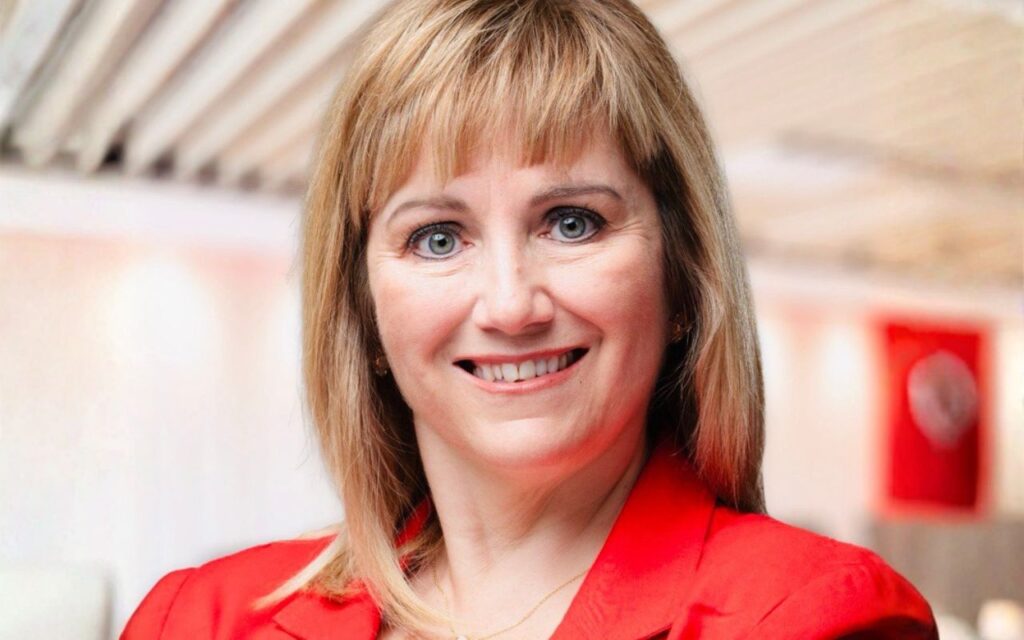
When it comes to driving Canada’s economy, women are leading commerce, advancing innovation and investing in business development, as well as their communities. Increasing women’s participation in business ownership will only grow the economy further and drive Canada’s future prosperity.
While women-led businesses represented just over 18 per cent of all Canadian businesses, up just three per cent from 2017, a study from the Canadian Chamber of Commerce finds closing the gender gap in entrepreneurship could have increased our country’s GDP by six per cent—or $140 billion USD—over the past decade. At the same time, global studies show that women typically reinvest up to 90 per cent of their earnings in their families and communities, compared to only 30 to 40 per cent among men.
The good news is that according to research commissioned by Mastercard1, interest in entrepreneurship is especially high among younger generations: With 50 per cent of Canadian Gen-Z women and 49 per cent of women overall considering starting or running their own business. However, this enthusiasm is being held back by significant barriers that impede their ability to thrive.
With 62 per cent of women in North America stating they do not have enough money to set up a business and 26 per cent of female founders stating that they did not know how to get funded, financial barriers remain a significant challenge to driving more female entrepreneurship. Financial institutions and fintechs can play a significant role in bridging this gap. By offering digital financial tools that increase access to and the convenience of financial services, fintechs can help bridge the funding gap for women entrepreneurs.
Women entrepreneurs are also more likely than men to be concerned about a lack of knowledge and confidence ahead of starting their own business1. This requires greater access to networking and mentorship opportunities, as well as educational programs for women on the potential of entrepreneurship. This should start at a young age, providing as much exposure as possible to hard and soft skills including: how to build an impactful business plan; how to get funding; and ample networking and mentorship opportunities facilitated by Canadian female founders, fintechs and Venture Capitalists.
For example, the Mastercard x Pier Five Small Business Fund provides women small business owners with funding to help scale their business. Fund recipients also gain access to a Priceless experience that brings valuable mentorship opportunities with Mastercard executives and partners – and each other. By connecting small business owners with peers and experts, Mastercard is helping entrepreneurs share experiences and gain important insights to help them further develop their businesses.
Empowering women to be creators and founders isn’t just about individual wealth. They wield significant influence, driving an estimated 75 to 80 per cent of consumer spending through purchasing power or influence. From family vacations to home furniture, consumer electronics and cars, it’s women—not men—who increasingly influence these purchasing decisions.
Increasing the rate at which women are involved in small and mid-size businesses will exponentially grow Canada’s GDP and strengthen women’s economic influence, building a prosperous economy for all.
By empowering women entrepreneurs and breaking down the barriers they face, the Canadian economy stands to benefit and reap the rewards. We can unleash a wave of innovation and economic growth. Let’s commit to building an ecosystem where women-led businesses can thrive, driving economic growth and shaping a prosperous future for everyone across Canada.
1 The study was commissioned by Mastercard, with fieldwork conducted by independent research agency, Opinium. Between 16th December 2024 – 3rd January 2025, an online quantitative survey was carried out across 41 countries in North America (including Canada), Latin America, Asia-Pacific, Europe, the Middle East and Africa.
This partner content is brought to you by our friends at Mastercard.






